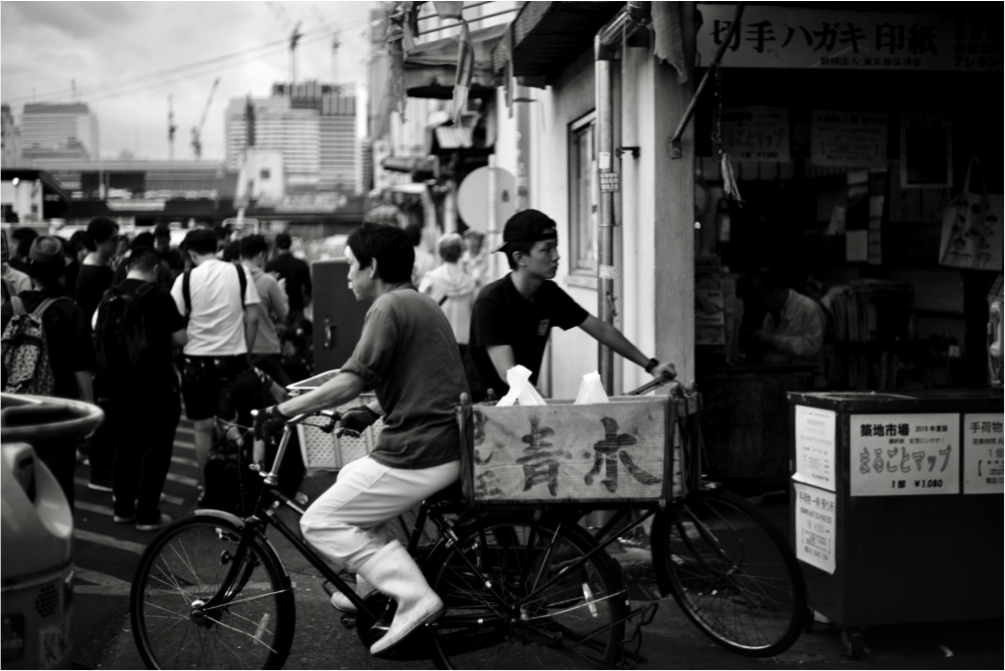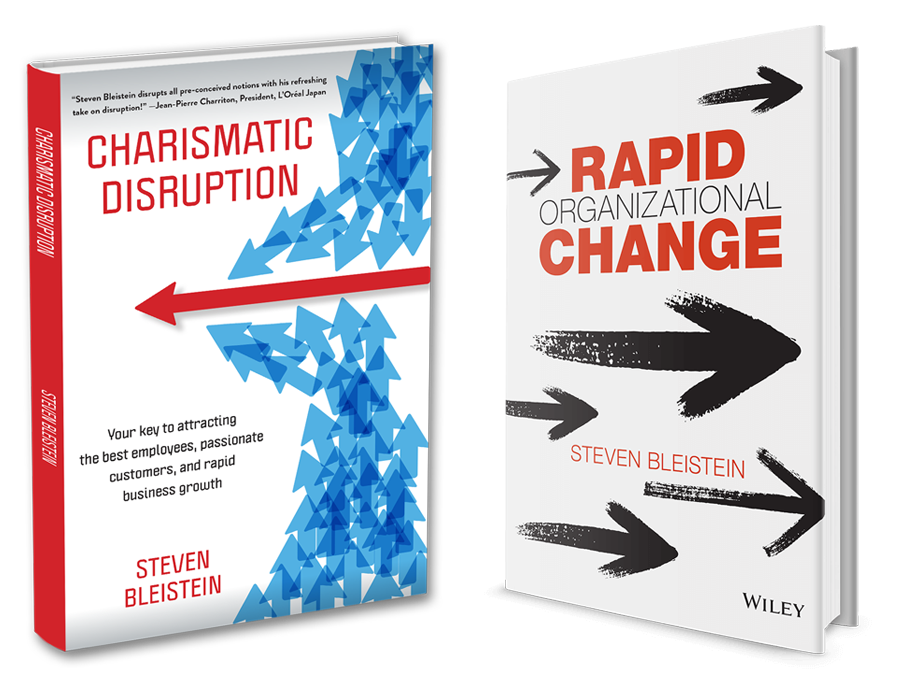[:en]Saturday, October 6th, marked the end of an eighty-year era as the Tsukiji fish market in Tokyo closes following its final tuna auction. The fish market has been moved to a new site in Toyosu about two kilometers away, and opened on October 11th. Tsukiji is undergoing a dramatic change.
The Tsukiji Market is not just about its world-famous tuna auction, which is closed to the public except for limited and controlled visits for tourists. There is a whole ecosystem of an outer market that has sprouted up around the restricted inner one, and the outer market is open to the public.

There must be hundreds, if not over a thousand small storefronts, stalls, and shops. These serve not just as suppliers to an industry of alimentation buyers, but also the myriad tourists and local Japanese visitors who come for great food and some good fun. Tsukiji is vibrant in the early mornings, when most of central Tokyo is deserted and even before salarymen are only beginning to stir in their suburban homes, contemplating their arduous commute into work.
I am a morning person—and when I say morning I mean the wee hours. For me, a kind of perfect day starts with a visit to the Tsukiji Market at the crack of dawn, long before any morning appointments I might have in Tokyo. I go to shoot photographs in Tsukiji—lots of photographs. Breakfast in Tsukiji for me can be a plate of tuna sashimi, or a plate of Chinese roast pork with eggs, or Japanese egg omelet on a stick, or any of a number of other delicacies. I have gotten to know a number of the shop owners where I have become a regular. They are amused by the Japanese-speaking American with an old Leica M3 camera who frequents their businesses and chats them up.
Tsukiji is special to me as it is to many others.
The change at Tsukiji is no different from the dramatic organizational change I see in companies. There are the resistors who cannot accept change, a vanguard who are excited by the opportunity that the change portends, and those who are on the fence, resigned to the inevitability of change and are waiting to see how the wind blows with either cautious optimism or guarded skepticism. Some Tsukiji vendors who will not make the move to Toyosu fear the change. They worry that their customers, whether tourists or industry buyers, simply won’t come around anymore, and certainly some won’t. Others have protested and demonstrated against the move to Toyosu. Some vendors have decided to close shop and cash out. Still, others see the move to Toyosu as an opportunity to grow their businesses, or even to start new ones. All view the change differently.
In Japanese, the word akogare (憧れ), pronounced AH-KO-GA-RAY, is sometimes translated to nostalgia, but really there is no exact English equivalent. Akogare does not merely mean affection for the past. Akogare also has a connotation of want and yearning. In akogare, there is a modicum pain. To those for whom Tsukiji has some meaning, including me, whether we feel positive about the change that is about to come, feel pessimistic, or are simply undecided, everyone with whom I have spoken expresses a sense of akogare. It is the one emotion that unites us all.
In organizational change, we talk a lot about overcoming resistance, gaining buy-in, leveraging the early adopters, evangelizing the future, and so on. We seek consensus, a shared vision, and unified action. Yet all of this is merely an unattainable ideal. Everyone in a company will have his or her view of any change proposed and will adapt at his or her own pace.
However, akogare is present in organizational change just like at Tsukiji. While you can never achieve a consensus view on a change of any significant magnitude, those for whom a change has meaning always share some degree of akogare in common, even those who think that what the future portends is an improvement on the past. There is always some melancholy for what is lost.
Acknowledging the pain of loss, no matter how small, is the only way that anyone can truly let go and move on, and there is nothing negative in that. Share on XYet, akogare is the one emotion that leaders in organizational change tend to ignore.
I feel the akogare of Tsukiji, as many others do. I went to Tsukiji last Saturday morning, wanting to experience Tsukiji for the last time while the inner market was still there. The place was mobbed. There were a small number of protesters demonstrating against the move to Toyosu, but mostly lots of businesses were taking advantage of the increased attention and foot traffic. There were helicopters hovering above and TV crews on the ground. There were loudspeaker announcements reminding people that much of the outer market will remain for their enjoyment long after the inner market has left, beseeching the day’s visitors not to abandon Tsukiji.
What will become of Tsukiji? Who knows? There is already talk about making Tsukiji a cultural icon of Japanese food. At the same time, there are noises about turning the inner market facility into a giant parking structure for the 2020 Tokyo Olympics. Only time will tell.
But for now, here’s to Tsukiji.
Thank you Tsukiji, and sayonara.
 [:ja]10月6日木曜日、最後の鮪の競りを終えた築地市場は、その80年の歴史に幕を閉じた。魚市場は2キロほど離れた豊洲に移転し、10月11日にオープンすることになっている。
[:ja]10月6日木曜日、最後の鮪の競りを終えた築地市場は、その80年の歴史に幕を閉じた。魚市場は2キロほど離れた豊洲に移転し、10月11日にオープンすることになっている。
築地市場は鮪の競りで世界的に有名だが、それ以外にもユニークな点がある。アクセスの制限された内部の魚市場の周りには場外市場が広がり、そちらは一般の人達も訪れることができる。場外市場にひしめく小さな店や屋台の数は何百にも上るであろう。これらの店は魚市場に集まるバイヤーだけでなく、築地を訪れる観光客や一般の人々を顧客としている。

私は夜明けと共に築地市場まで足を伸ばし、写真を撮り、バラエティーに富んだ朝食を食べるのが好きである。そうやって足繁く通っているうちに私はいくつかの店の常連にまでなっていた。店主たちも、ライカM3カメラを手にして訪れては日本語で話しかけてくるアメリカ人に興味を持ってくれたようだ。そんな風に築地とは私にとっても、多くの人々にとってもかけがえのない場所なのである。
築地に起こっている変革は、企業でも見られる変革と何ら変わりない。それを拒む人もいれば、新しいチャンスにワクワクする人々や、とりあえず様子伺いをしている人々もいる。築地にも変革によって顧客を失うことを恐れて豊洲に移ろうとしない店主たちや、豊洲移転に対する反対運動を起こした人達、店を売り払ってしまった人々もいる。また同時に、豊洲移転をビジネスチャンスと捉えたり、それをきっかけに新しい事業を始めた人々も存在した。変革の捉え方は人によって様々だ、ということだ。

「憧れ」という日本語がある。英語でノスタルジアと訳されることがあるが、憧れには過去への想いというだけではなく、欲しいものとか切望とかいった意味合いもある。それには胸の痛みのようなものさえ感じられる。築地に特別な思い入れのある私のような人間は皆、今、そういった感情を胸にしているようだ。実際、私が築地で話しかけた人々からは、豊洲移転に対する意見には関係なく、憧れという共通の思いが伝わってきた。
組織改革においては、周りからの同意や同一のビジョン、まとまったアクションを求めがちである。しかし、どのような変革が提案されてもそれに対する個人の意見は様々であるし、変革へ適応するペースも全員違うものだ。
しかしながら築地と同じく、「憧れ」という感情は企業変革において共通して見られる。確かに大きなスケールの変革において、全員が同じ意見を持つようなことはあり得ないが、変革に影響される人々は皆、同様の「憧れ」を持つ筈である。例え改革に賛同している人々でも、無くなったものに対する思慕のようなものはいつでもあるものだ。
失ったものに対する心の痛みに気付くことは、それを乗り越えて将来に向かって進んで行くための唯一の方法であり、何ら間違ったことではない。 Share on X失ったものに対する心の痛みに気付くことは、それを乗り越えて将来に向かって進んで行くための唯一の方法であり、何ら間違ったことではない。しかし、改革を進めるリーダー達は、この「憧れ」という感情を無視してしまいがちである。
築地に思い入れのある人々は皆、憧れという共通の感情を抱いていると思う。私も間違いなくその一人であり、先週の土曜日には、魚市場がまだそこにあるうちに、最後にもう一度この目で見るために築地を訪れてみた。その日の築地はいつも以上に混んでおり、上空にはヘリコプターが飛び、地上ではテレビ局が実況を行っていた。スピーカーでは、魚市場が移った後も場外市場は築地にずっと残るというアナウンスがされ、そこにいる人々に築地を忘れないで欲しいと懇願しているようだった。

この先築地がどうなるのかは、誰にもわからない。日本食のメッカにするとか、魚市場のあった施設を2020年の東京オリンピック用の駐車場にするなどという話もすでに持ち上がっているらしい。何にせよ、時が経たなければわからないことであろう。
とりあえず私は築地に感謝の意を表したい。さようなら、築地。
